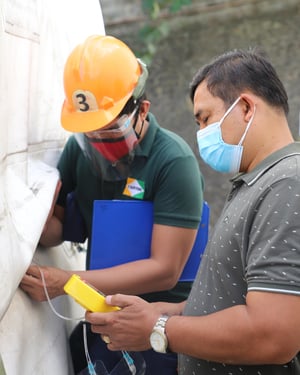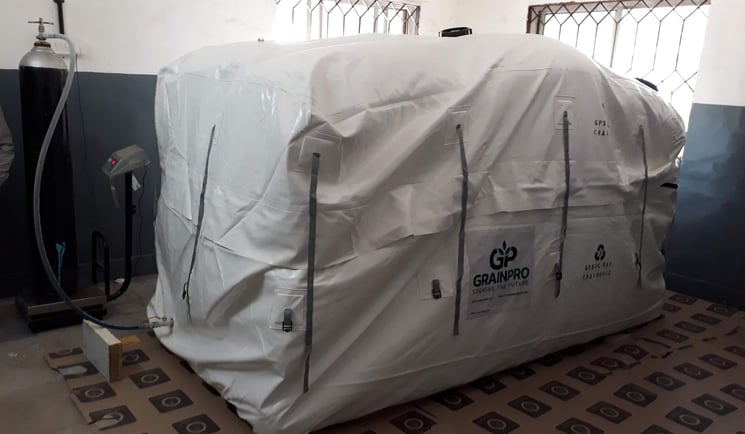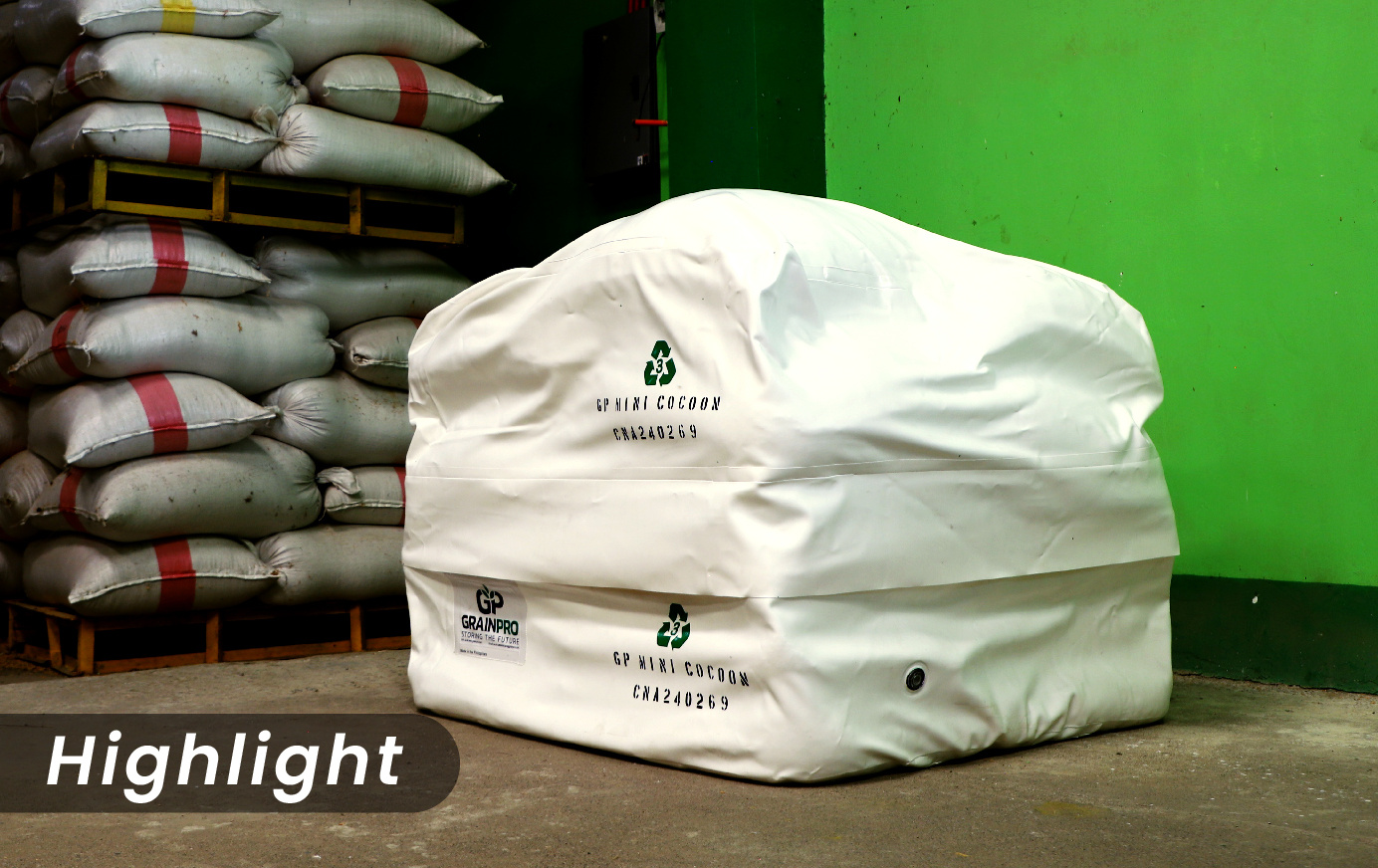Access to food is, without a doubt, vital in achieving food security. However, this pillar goes beyond quantity towards access to better nutritional quality. As processing plays a role in the outcome of the food we consume, it is essential to ensure safety and quality throughout the journey.
One of the more sustainable processing methods focuses on producing organic food. The term “organic” refers to the standards that promote the use of natural methods and substances from farming to processing. While regulations vary per region, this practice refrains from using synthetic chemicals and organisms, often resulting in more beneficial nutrients and fewer pesticide residues.
However, post-harvest preservation of organic commodities can be challenging, especially with damaging factors like insect infestations. Many farmers and producers often address this issue with synthetic pesticides and fumigation. As this option is not viable for organic commodities, this asks: are there any reliable ways for organic preservation?
Modified Atmosphere: What Is It?
Modified atmosphere is a treatment that involves altering gas concentrations within an environment, often raising carbon dioxide while reducing oxygen levels.
According to a publication on Stored Product Protection, this atmospheric manipulation has been a topic of extensive research for over 30 years. Modified atmospheres also offer an alternative over conventionally used chemical fumigants for controlling infestations, preventing mold growth, and maintaining quality over long periods.
One great example is hermetic technology in storage. In securing dry agricultural commodities such as grains, hermetic storage utilizes its sufficiently sealed air- and moisture-tight structure to generate a modified atmosphere from the respiration of the insects and other organisms within the commodities. This environment naturally elevates carbon dioxide and depletes oxygen over time.
Related: Ultimate Beginner’s Guide to Hermetic Technology

Another practice is carbon dioxide (CO2) fumigation, more accurately called a controlled atmosphere. This treatment uses high concentrations of CO2 under altered pressure and essentially aims to suffocate pests embedded within the commodities. Furthermore, CO2 fumigation can be well-integrated with the enclosed environment of hermetic technology, exterminating infestations faster while leaving no residue and hazards.
Related: Blending Hermetic Technology and Carbon Dioxide
Benefits for Post-Harvest Processing
While viable alternatives to the usual practices, modified atmosphere benefits extend as it relies mainly on natural processes over time. Modified atmospheres, such as in hermetic storage, can function without energy and effectively exterminate pests regardless of the life stage without synthetic pesticides — reducing risks and offering a more sustainable alternative.
According to an analysis in the Journal of Pest Science, hermetic technology is a viable and cost-effective alternative to phosphine fumigation. The study found that hermetic storage is more effective in reducing grain damage, weight loss, and insect population after 12 months of storage.
In addition, the Directorate of Plant Protection, Quarantine, and Storage (DPPQ&S) of the Government of India has now approved Modified Atmosphere Treatment (MAT) and CO2 Fumigation for pre-shipment and quarantine purposes under NSPM-25, complying with the International Standard for Phytosanitary Measures (ISPM) approved by the Food and Agriculture Organization.
As methyl bromide fumigation is not viable for organic commodities, many countries have also banned its use for pre-shipment fumigation as per the Montreal Protocol. Thus, the modified atmosphere treatment, which includes the Cocoon Method, has been explored as an effective alternative against storage pests, including Khapra Beetle and all its life stages.

The Cocoon™ is a fully hermetic storage unit capable of guarding bagged commodities against pests and rodent attacks. This storage solution allows easy monitoring of internal oxygen and relative humidity levels during operation and ease of CO2 fumigation with the inclusion of inlet ports in its Gas Hermetic Fumigation (GHF) variant.
For commodities in Flexible Intermediate Bulk Containers (FIBC) or Big Bags, the Cocoon Cargo™ is a specialized Cocoon for easy bulk handling. Readily equipped with a CO2 inlet and air outlet port, this solution creates a gas-tight chamber ideal for fumigation before or after transport.
With its time-tested effectiveness, hermetic technology is a valuable addition to your post-harvest processing. This agricultural innovation offers a viable and sustainable storage and treatment alternative for various commodities, especially organic products.
Learn more about GrainPro’s superior hermetic storage solutions here.
Date Published: October 1, 2024




.jpg)
